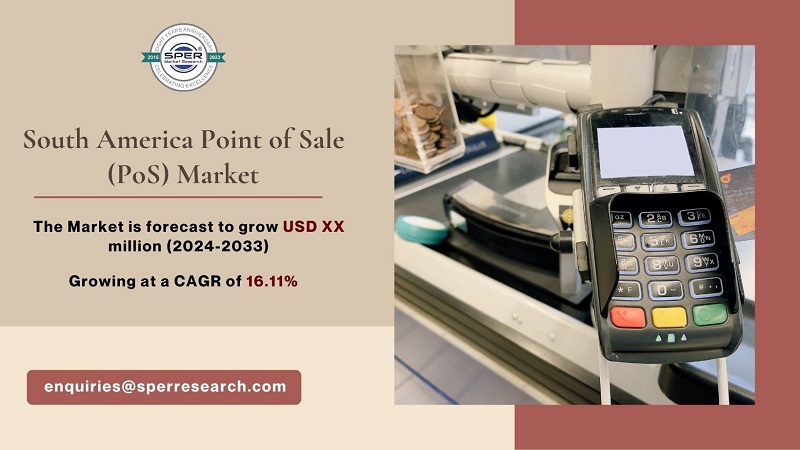The internet auction market has transformed the way people purchase and sell products, offering a dynamic platform for transactions in a variety of industries, including electronics, collectibles, fashion, and real estate. This market uses websites and mobile apps to assist bidding on items, allowing users to put competing bids in real time until the auction ends. Mobile bidding, automated alerts, and thorough product listings make online auctions even more convenient. Furthermore, the industry adapted to evolving customer demands, including live auctions and multimedia presentations to interest purchasers. While online auctions provide exciting opportunities for sellers to maximize earnings and buyers to find rare things at competitive rates, they also present issues such as fraud prevention and pricing volatility.
According to SPER Market Research, ‘Europe Online Auction Market Size- By Type, By Application- Regional Outlook, Competitive Strategies and Segment Forecast to 2033’ states that The Europe Online Auction Market is estimated to reach USD 906.74 Million by 2033 with a CAGR of 7.78%.
Drivers:
The Europe online auction business is expanding rapidly, owing to a variety of causes. The growing use of e-commerce throughout the region is a major driver. Technological improvements also contribute significantly to the market’s growth. Online auctions have become more accessible and entertaining because to improved user experiences provided by smart website designs and mobile apps. Another growing aspect is the increasing popularity of specialty auction sites that cater to specific interests and groups. Furthermore, the growing use of social media and digital marketing tactics has played a significant role in promoting online auctions. As consumers become more environmentally conscious, they are increasingly turning to second-hand items and auctions as a more sustainable alternative to traditional retail.
Challenges:
The European online auction industry faces various hurdles that could stymie its expansion and viability. One of the most serious challenges is the question of trust and security. As the number of online transactions grows, so does the potential of fraud, including financial frauds and questions about the legitimacy of the objects for sale. Another problem is the regulatory environment, which differs greatly between European countries. Online auction platforms must traverse a wide range of legal regulations relating to consumer protection, data privacy, and e-commerce. Market saturation poses an additional issue. The growing number of online auction platforms can result in heated rivalry. Furthermore, managing the shipping and handling of auction items can be difficult, especially when dealing with fragile or high-value objects.
Request for Free Sample Report @ https://www.sperresearch.com/report-store/europe-online-auction-market.aspx?sample=1
The COVID-19 outbreak has significantly impacted the European online auction sector. Initially, the pandemic drove an increase in online buying as lockdowns and social distancing measures forced people to look for alternatives to traditional shops. The pandemic also accelerated technological advances in the field. Auction platforms swiftly responded by improving their digital interfaces to deliver more seamless user experiences. However, the epidemic did create certain obstacles. As demand increased, several auction houses experienced operational interruptions due to health laws. Some customers encountered shipping and logistics delays. Increased online transactions have prompted concerns about fraud and scams, prompting auction sites to invest in strong security measures to protect customer information and transactions.
In Europe Online Auction Market, Germany dominates the market due to its strong e-commerce infrastructure. The key players in the market are UK Ltd, John Pye & Sons., William George, TJC Limited, Dorotheum GmbH & Co KG and others.
Europe Online Auction Market Segmentation:
By Type: Based on the Type, Europe Online Auction Market is segmented as; No Reserve Price, Reserve Price.
By Application: Based on the Application, Europe Online Auction Market is segmented as; Collectibles, Electronics, Artistic Goods, Others.
By Region: This research also includes data for UK, France, Germany, Italy, Spain, Rest of Europe.
For More Information, refer to below link: –
Europe Online Auction Market Trends
Related Reports:
Follow Us –
LinkedIn | Instagram | Facebook | Twitter
Contact Us:
Sara Lopes, Business Consultant – U.S.A.
SPER Market Research
+1-347-460-2899









